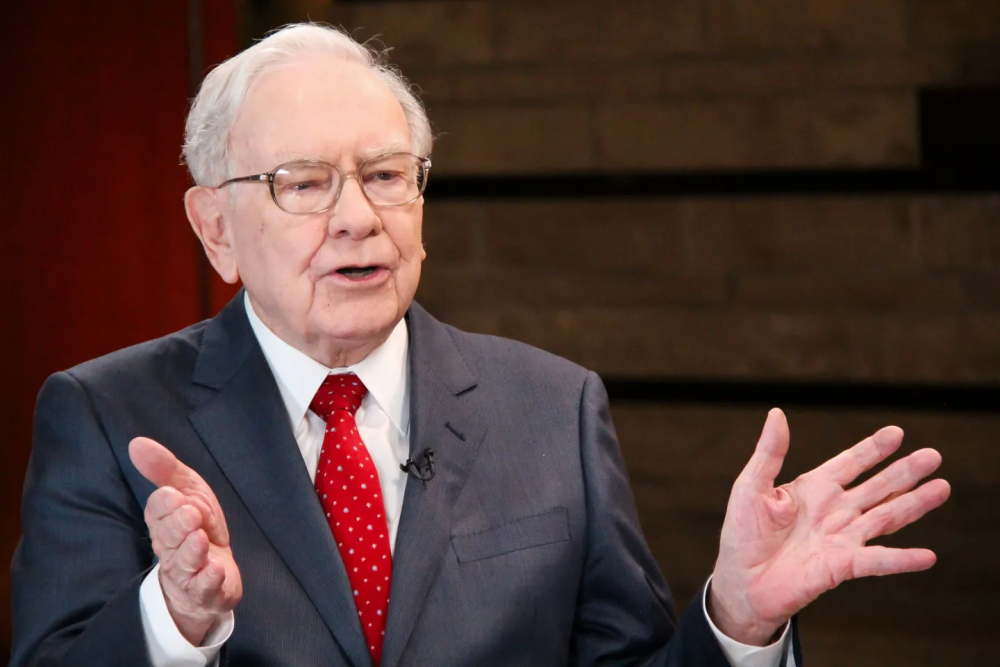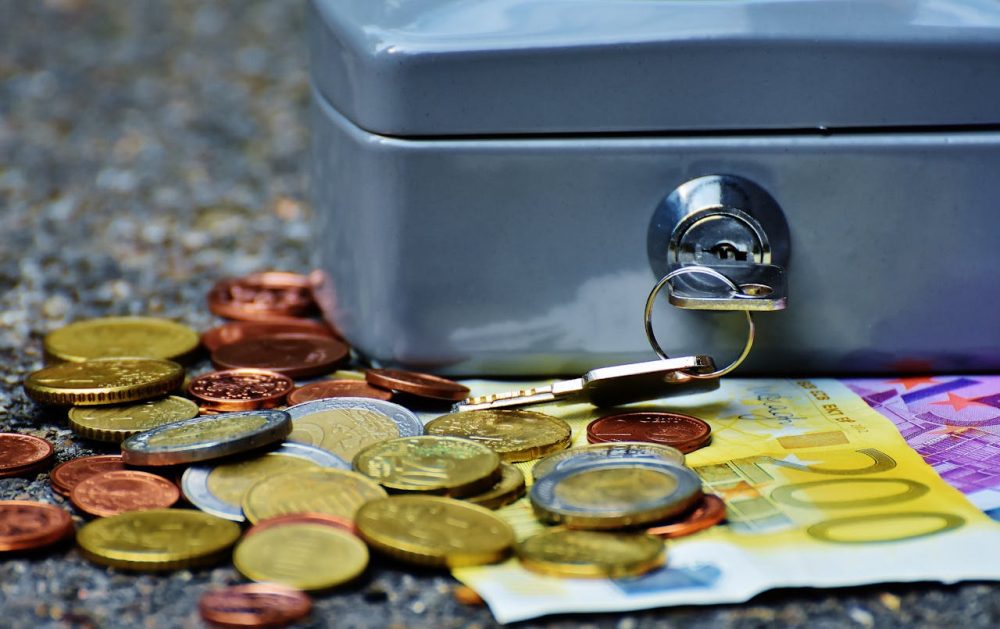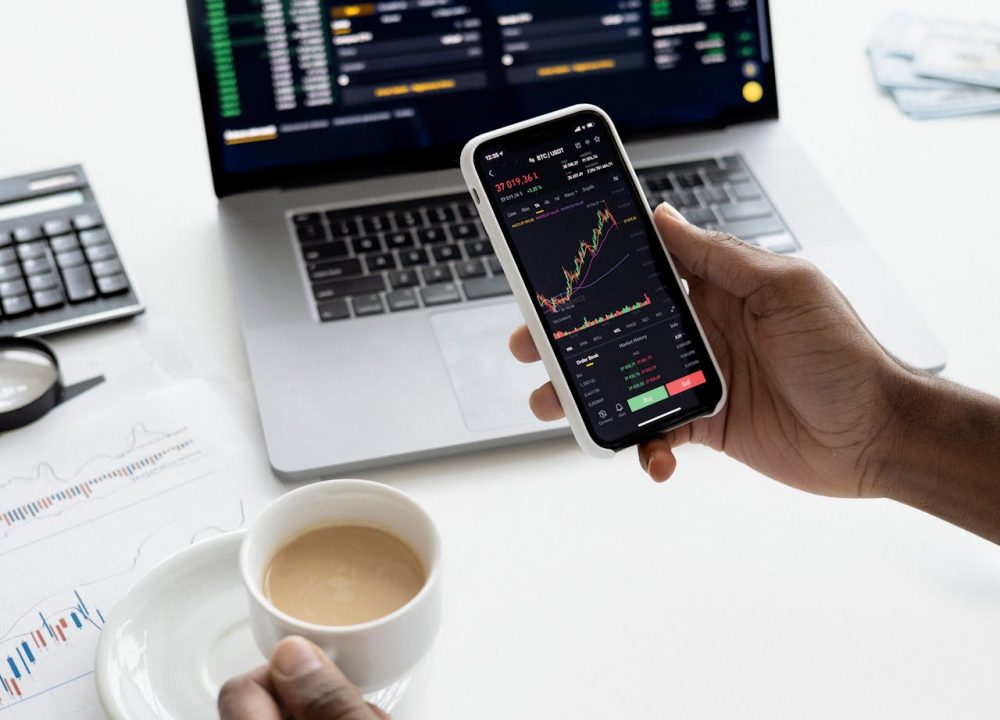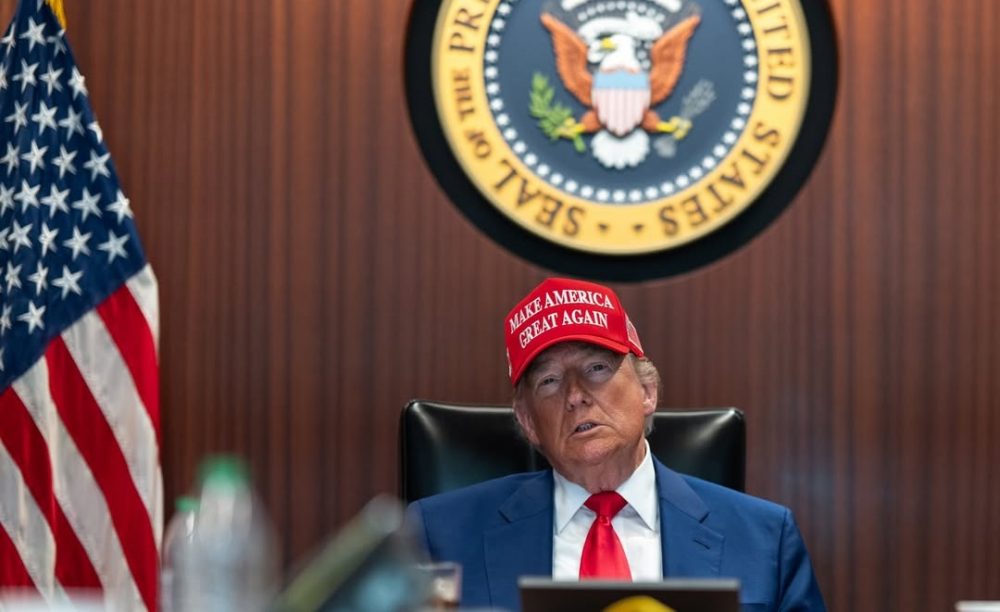The world's largest brewer, Anheuser-Busch InBev, faced a challenging year in 2023, despite reporting record revenues. A significant factor overshadowing these achievements was a boycott that notably reduced Bud Light sales in the U.S., raising the question: How much money Budweiser has lost? The backlash stemmed from a partnership with transgender influencer Dylan Mulvaney, which sparked significant controversy and affected sales figures.
Estimates suggest that this boycott could have led to over $1 billion in lost sales, a substantial financial hit to the beverage giant.
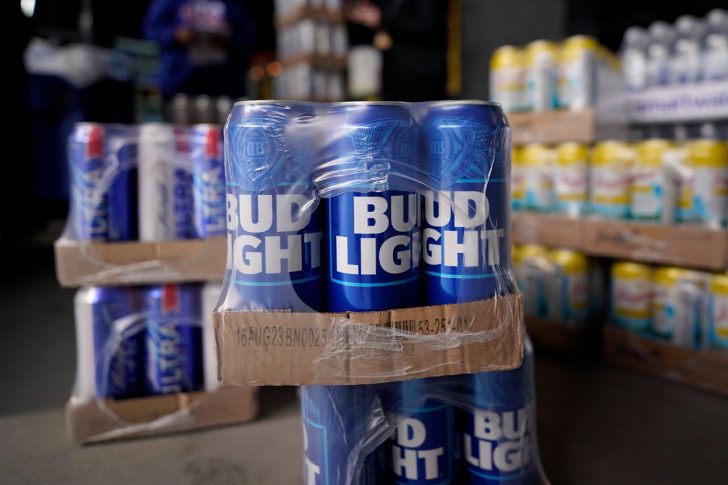
WS Journal / Later in 2023, Anheuser-Busch InBev's North American operations saw a sharp decline in organic revenue, primarily due to decreased Bud Light sales.
This drop was quantified at about $1.4 billion in lost revenue for 2023 alone. This figure highlights the severity of the boycott's impact, reflecting not only lost sales but also a potential shift in consumer loyalty and brand perception.
The Immediate Aftermath & Consumer Reaction
Following the announcement of the partnership with Mulvaney in April 2023, Bud Light experienced a significant decrease in market share. The response to the controversy was considered lackluster by many, further fueling the boycott and even drawing criticism from LGBTQ+ advocates.
The result was a dramatic reshuffling in the beer market rankings, with Modelo Especial overtaking Bud Light as America's top-selling beer. A position Bud Light had maintained for over two decades.
How Much Money Budweiser Has Lost and What Market Recovery Efforts Followed?
Despite efforts to recover and stabilize sales, Bud Light's path to regaining its lost market share has been slow. From May 2023 to February 2024, Bud Light only managed to reclaim a fraction of its previous dominance. The pace of recovery has been gradual, with incremental gains being made every few weeks.
This slow recovery process emphasizes the lasting impact of the boycott on the brand's market position and financial health.

E News / One thing is clear: The boycott not only affected Bud Light. But it also had repercussions across AB InBev’s global operations.
The company's shares in the Asia business, specifically the Budweiser Brewing Company APAC, saw a nearly 7% drop in Hong Kong on the back of declining profits. This was compounded by a one-off customs charge in South Korea, further highlighting the broader financial implications of the boycott.
In China, despite a fall in overall sales volumes in the fourth quarter, there was a silver lining as the sales of premium brands continued to grow significantly. This suggests a possible shift in strategy towards promoting higher-margin products in response to challenges in the U.S. market.
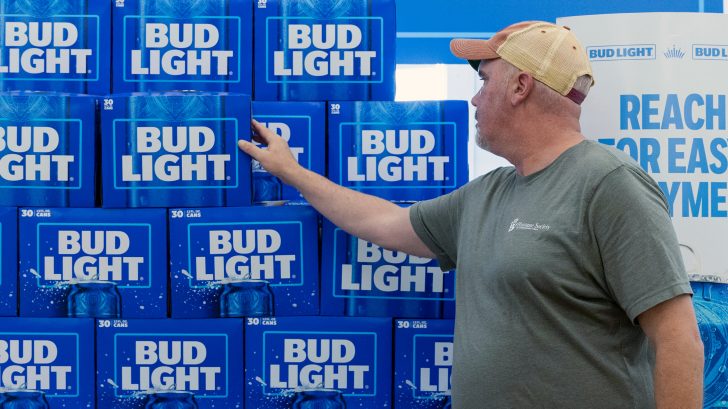
Marca / Because of the Bud Light Boycott, shares in AB InBev’s Asia business fell exponentially.
Looking forward, Anheuser-Busch InBev faces the dual challenge of regaining lost ground in the U.S. market and rebuilding consumer trust. The company will need to navigate the sensitivities of its diverse consumer base carefully, balancing marketing strategies to avoid further backlash while attempting to reposition Bud Light positively.
The Final Word
So, how much money Budweiser has lost due to the Bud Light boycott is not just a question of financial figures. It is also a matter of strategic reflection for the future. The incident has highlighted the importance of understanding and respecting consumer sentiments in a highly polarized market.
As Anheuser-Busch InBev looks to move past this costly episode, the lessons learned will likely influence how brands approach sponsorship and partnership decisions in an increasingly complex social landscape.


